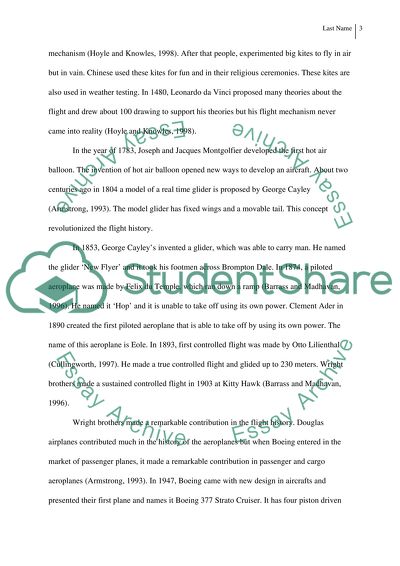Cite this document
(“Increase in flights Essay Example | Topics and Well Written Essays - 2000 words”, n.d.)
Retrieved from https://studentshare.org/environmental-studies/1405443-increase-in-flights
Retrieved from https://studentshare.org/environmental-studies/1405443-increase-in-flights
(Increase in Flights Essay Example | Topics and Well Written Essays - 2000 Words)
https://studentshare.org/environmental-studies/1405443-increase-in-flights.
https://studentshare.org/environmental-studies/1405443-increase-in-flights.
“Increase in Flights Essay Example | Topics and Well Written Essays - 2000 Words”, n.d. https://studentshare.org/environmental-studies/1405443-increase-in-flights.


